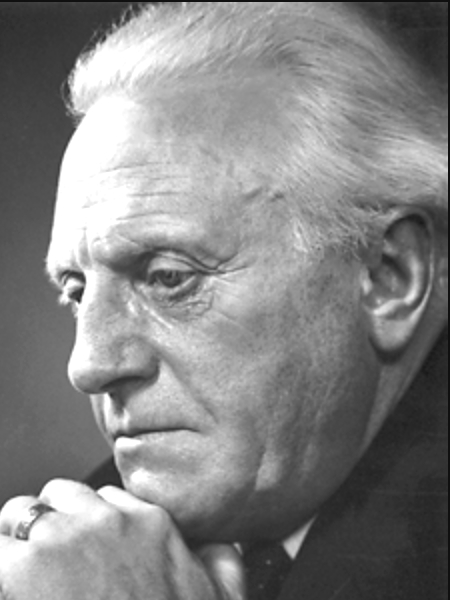On this day in 1891, Pär Fabian Lagerkvist, who became a Nobel laureate, was born in Växjö, Småland, a rural province in southern Sweden. After a year of study at the University of Uppsala, Lagerkvist traveled to Paris in 1912, where he immersed himself in the modern art movement, which ultimately influenced his early writings. He abandoned realism and instead followed the surreal, symbolic example of the playwright August Strindberg.
Lagerkvist described himself as “a believer without faith — a religious atheist.” (Contemporary Authors Online) Much of his work was concerned with religious themes, such as the conflict between Christianity and technology, the meaning of life and the relationship between individuals and God.
Several of his later works, such as the novels Barabbas (1950) and Herod and Mariamne (1967) deal with biblical characters and settings in a fictional context. Others deal with religious mythology, such as 1960’s The Death of Ahasuerus, about the Christian mythological figure commonly known as the “Wandering Jew.” Many critics have said that Lagerkvist’s characters, like himself, are doubters who want to believe but lack faith.
In 1951 he was awarded the Nobel Prize in Literature. Lagerkvist did not answer questions about his personal life and discouraged the production of biographies during his lifetime. His second wife, Elaine Sandel, died in 1967. They had three children, Ulf, Bengt and Elin. He died at age 83 in Stockholm. (D. 1974)

